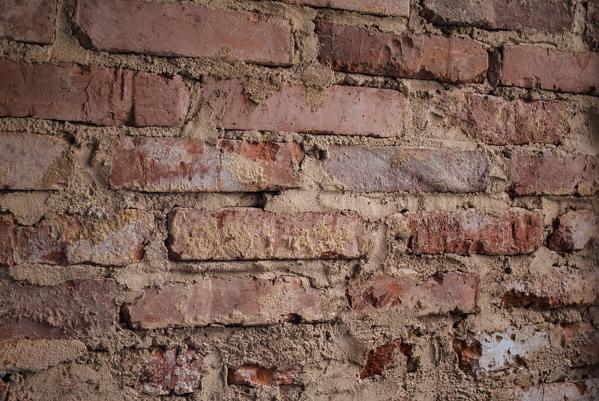Will Building Insurance Cover Subsidence?

Subsidence is a common fear amongst homeowners and it’s true that it can cause significant problems and require professional assistance. Subsidence occurs when the earth that the property is built on suffers from sinkage, which results in the house’s foundations being pulled down as well. It’s common during times when there is little rainfall as the ground dries out and contracts, resulting in it sinking downwards, as well as if the home is located around trees, which can sap moisture from the surrounding area.
What Other Forms Of Movement Are There?
You can also experience ground movement that isn’t subsidence, such as heave, which is when the earth expands and the house moves upwards. There is also an issue known as settlement, which is similar to subsidence as the earth moves downwards, but it is due to the actual weight of a new build property bearing down on the ground during its early years after construction. Furthermore, if your house is built on a slope then you might find that it becomes victim to movement down the incline, which is known as landslip.
How Do I Spot Subsidence?
The most common sign of subsidence is cracks in the home, but this can also be caused by other factors, so it’s important to get the issue assessed by a professional. Cracks that are due to underlying subsidence are usually more than 3mm thick and tend to be wider at the top than at the bottom. You will often find that these cracks are diagonal in shape and might be located near entrances to the home, such as doors and windows. Often, these cracks can be seen from the inside and the outside. You could also notice that your interior decoration is being affected, such as with wrinkles in the wallpaper or on the ceiling, or that cracks have appeared next to newer additions to your house, like an extension.
Does Insurance Cover Subsidence?
Subsidence can be a major headache for homeowners, and you might be wondering, ‘will building insurance cover subsidence?’ Luckily, insurance does provide cover for this concern. Your home insurance policy will usually cover loss and damage that results from subsidence, as well as other forms of ground movement. This means that repairs to your home should be funded by your insurance firm, although preventative works to ensure that it doesn’t happen again are not always covered. This means that it’s important to thoroughly understand the policy that you’ve chosen and what it will pay for as you don’t want to be caught out during an already stressful time.
What Should I Look For When Insuring On Subsidence?
When you pick insurance for subsidence properties, it’s crucial that you check which provisions are covered in your insurer’s terms. Ideally, you want a company that will pay for stabilising and underpinning your property if necessary, as well as offering cash settlements if the costs of repairs go over your home’s insurance value. Insurance providers will need to ask you a number of questions about your property to give you an accurate quote. If your property has had issues with movement before, for instance, you might need home insurance with previous subsidence cover.
For more information about what subsidence insurance coverage is, contact us at Crowthorne Insurance today.
